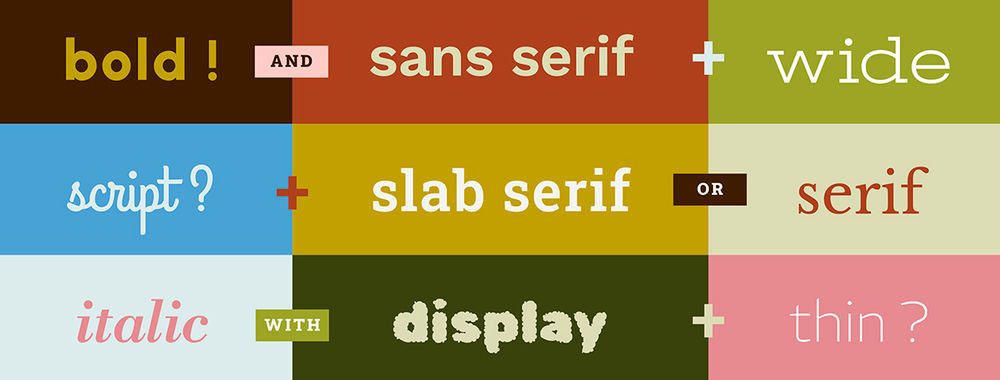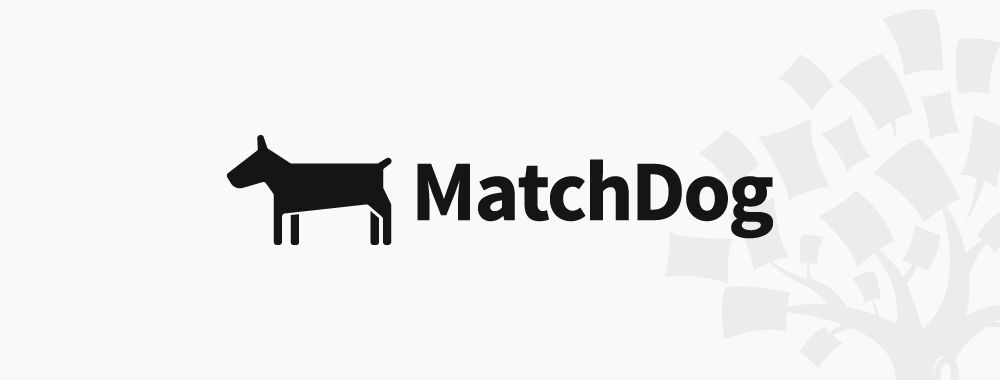Project Brief
You don’t need to review the MatchDog project brief anymore; you have pushed beyond it by completing your UX prototype with or without gamification. Now we enter the level of polishing and fine-tuning your portfolio piece or, in real life, the actual product.
From the good graphic design examples in the Elegance chapter, you can draw inspiration and insight. The bad examples can serve as anti-patterns. One efficient approach is to compare all of your screens side by side with the good examples and make sure they are exhibiting the same graphic principles and overall coherence as can be seen in the Amazon landing page sequence for layout, color usage and fonts.
Infuse Elegance into Your Prototype
There are no specific project step instructions that can be offered related to graphic design. However, you should use this chapter as a checklist on all your draft medium-fidelity and final high-fidelity screen mocks.
If you want to really impress potential employers, show them how a few of your primary screens are so well constructed with regard to graphic design principles that they can easily be themed. This usually removes any unwanted opinions about specific color choices in your sample designs and demonstrates you can design successfully against any corporate branding guideline.
Congratulations!

Author / Copyright holder: Teo Yu Siang and the Interaction Design Foundation. Copyright terms and license: CC BY-NC-SA 3.0
Congratulations—you have made it to the end of the first sample project! Hopefully, you feel the power and improvement in your IxD skills. At this point, it should be tactile and beyond just knowledge of Semantic IxD theory.
That’s all for now. The MatchDog project has been intentionally scaffolded for you with discussion, examples and design steps in the book and the exercise webpages.
Your next challenge (after you finish reading the entire book and take a short break) will be to fly on your own without this scaffolding support. A second exercise and design brief from Professor Rosenberg’s class repertoire is also offered. In this case, all you will have is the design brief itself to work from. There will be no RockX-specific project hints and examples found in the book.
You should follow the exact same Semantic IxD process for the RockX Build Your Portfolio project. You will be surprised how much smoother your solo flight will be now you have acquired all these new skills and techniques in producing your own personal MatchDog project.
May the force be with you!
References and Where to Learn More
You can learn more about how to create an amazing portfolio in our “How to Create a UX Portfolio” course.











